Our amazing teacher Vina Nabor has created a strong community where our students get to be creative with their learning. During this year our students read a couple of plays and had fun choosing a character and changing their voice when reading out loud. For science, the students have had an opportunity to do hands-on projects to help them understand various Science topics. Being able to learn in a fun creative way has brought back some of the interest and creativity in subjects such as Science and History.
Our therapist Shriya and counselors Sam and Melinda are always looking for creative ways to keep our students engaged. They have engaged in activities such as Shark Tank during the long testing days or created their own board game to work on some of those social skills. We are lucky to have the Walters team be part of our Constellation Program!
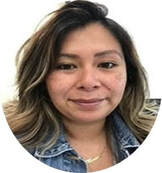

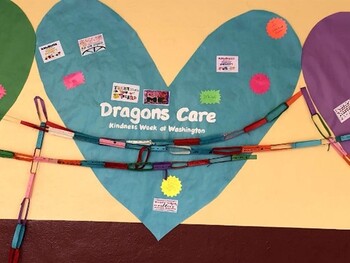
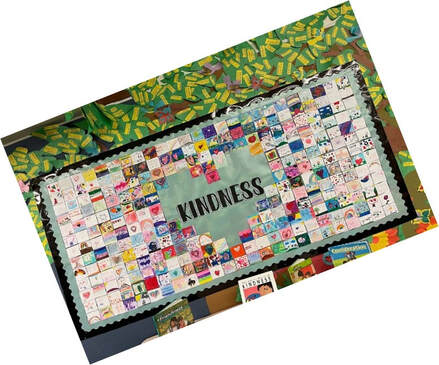
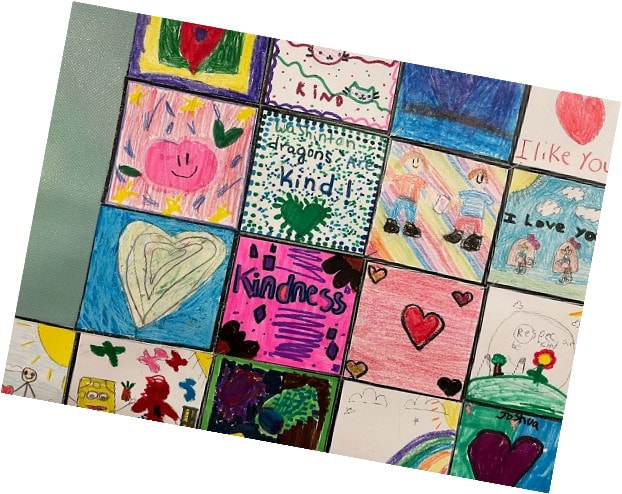
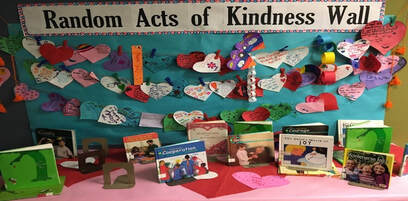


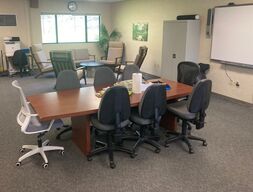
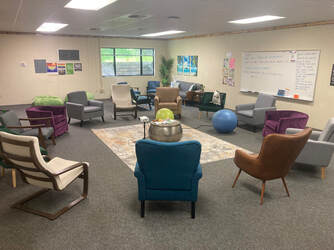

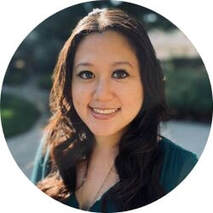
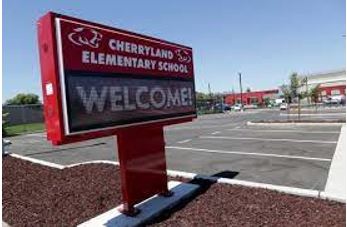
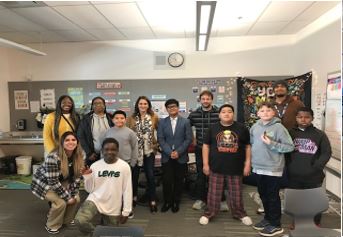
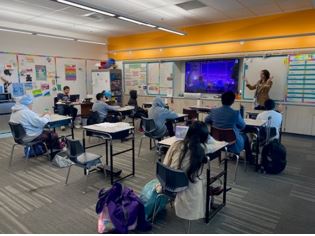
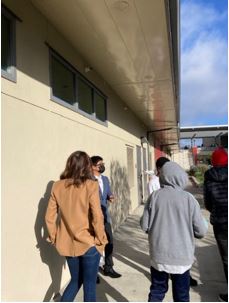
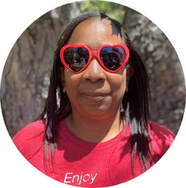

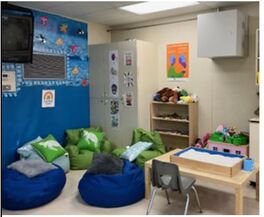
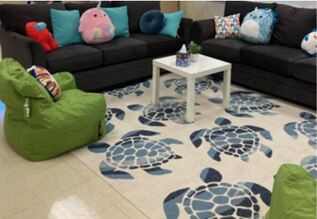
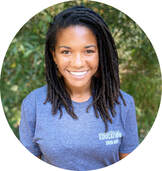
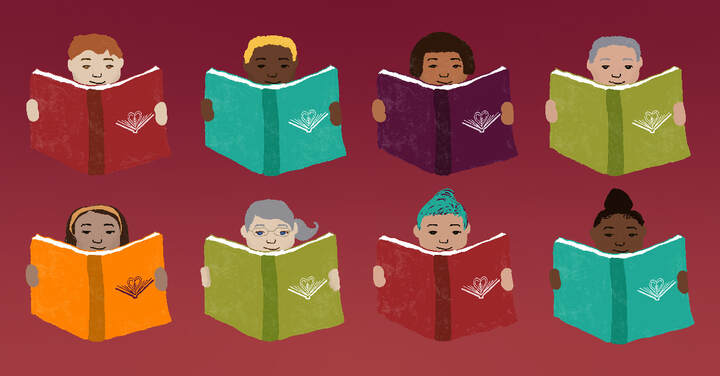

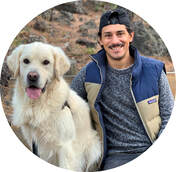
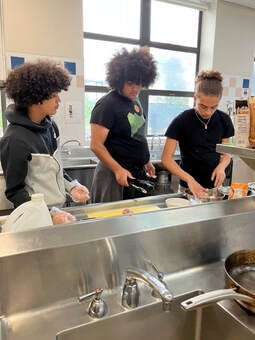
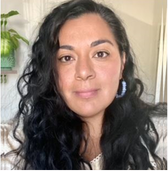

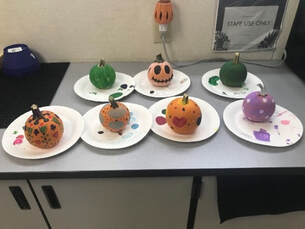

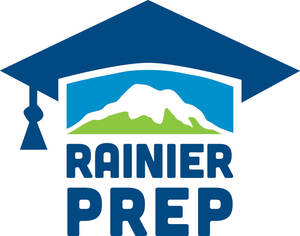
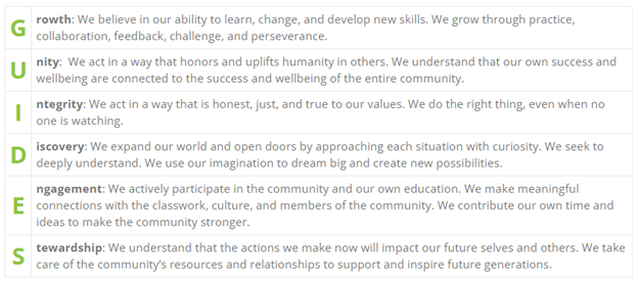

 RSS Feed
RSS Feed